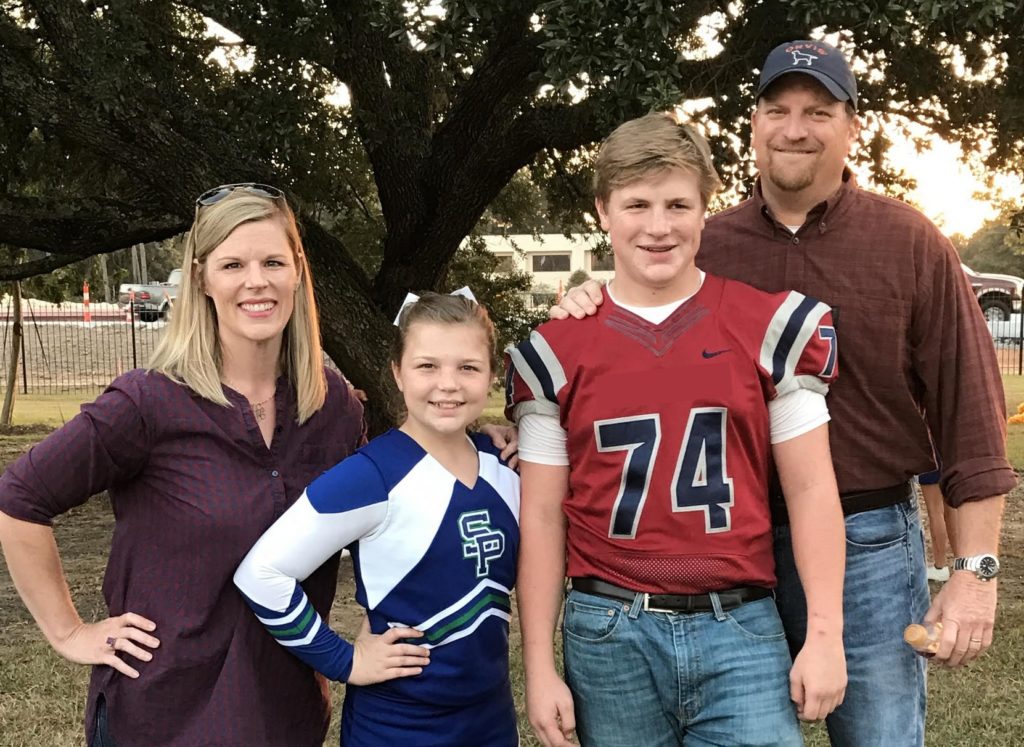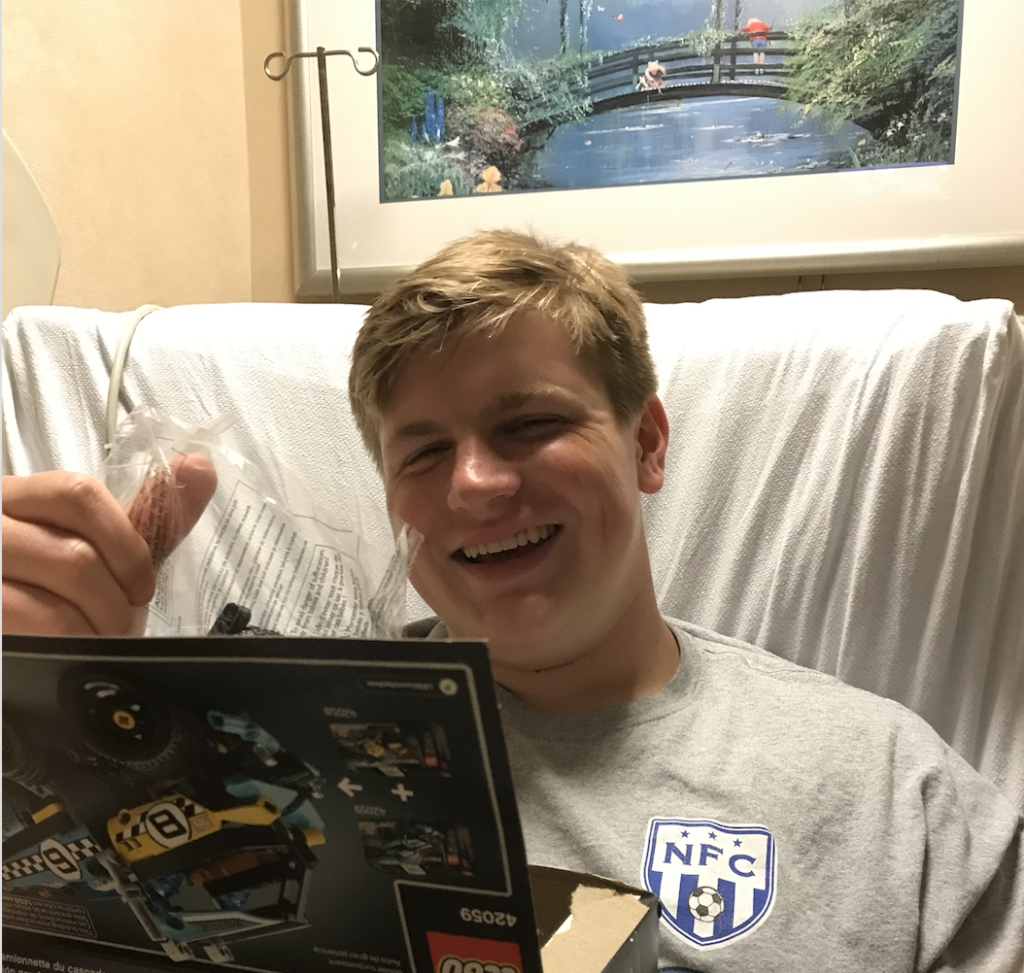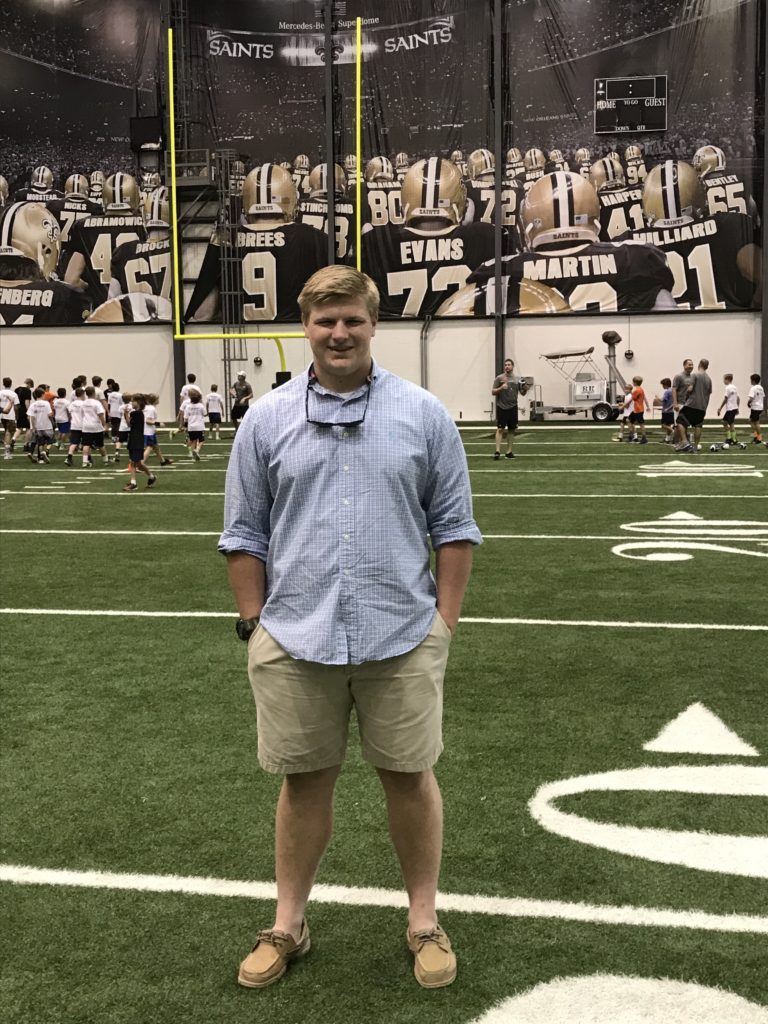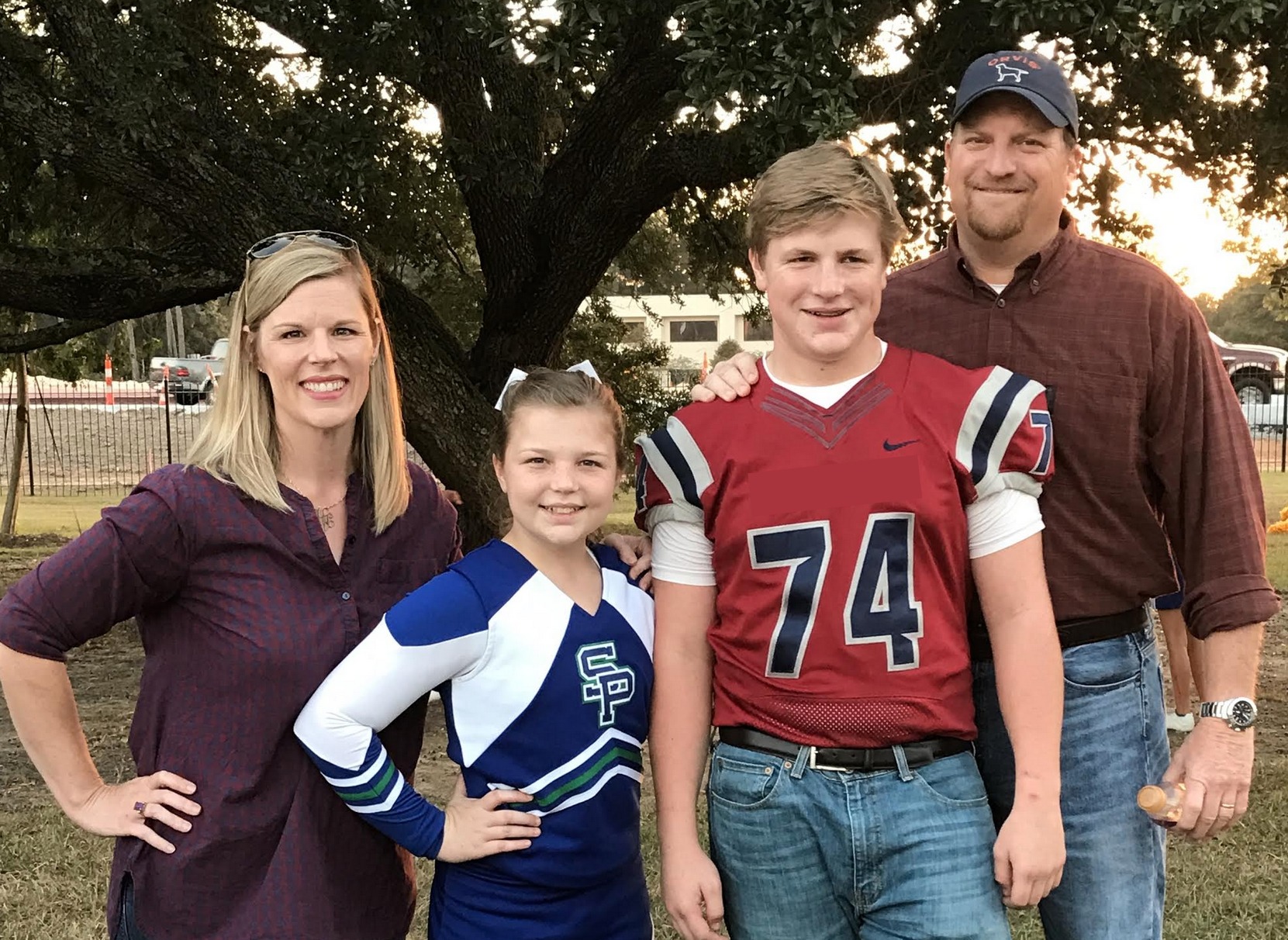This post was written by Jennifer of Experimental Mommy in partnership with the National Athletic Trainers’ Association. All opinions remain 100% mine.
“Did you put your sweaty clothes in the laundry room?” “Did you do your homework?” “How was practice?” “Did you drink enough water today?” On the long list of questions we ask our student athletes every day, the last one could be the most important that you may not think to ask. Our four-month long nightmare began with another question: “Where are you?” I was sitting in the school parking lot when a text from another mom showed up on my cell phone. I somehow knew, immediately, it was a loaded question.

A short time later in the back of an ambulance, the EMT’s asked all the questions. How long were you down? Can you tell us exactly what happened? What did you have to drink today? The entire time, EMT’s were pushing IV fluids into my son at the fastest rate they safely could, and when a bag emptied, he’d immediately begin screaming again. At the hospital, he was triaged and put into a room where doctors began bloodwork and studied his statistics. A brief time later, the ER doctor came in and asked the scariest question I’ve ever heard, “Does your son have kidney disease?”
My son does not have kidney disease but he did have something very serious. Rhabdomyolysis. Also known as rhabdo, Rhabdomyolysis is a syndrome that can cause permanent kidney damage and in severe cases, death. It is caused by a breakdown of muscle tissue during a period of overexertion or muscle strain. When the muscles, on a search for hydration, don’t have enough water to take in, muscle death begins. The muscle spasms that begin are painful and can be compared to a full-body Charley horse. The breakdown of muscle results in the protein myoglobin leaking into the body and clogging up the kidneys. One of his doctors described it as “trying to push pea sized gravel through a sieve.” When this happens, the kidneys begin to fail.

So, the question is…how do you prevent it? My son practices for 3 hours at a time, 3-4 days a week, plays in a game, and squats over 400 pounds in the weight room. Trying to prevent Rhabdomyolysis from happening again seemed to me like trying not to breathe.
At Your Own Risk, the National Athletic Trainers’ Association’s (NATA) public awareness campaign, believes that kids benefit tremendously from participation in sports and I agree one hundred percent. But how can we work together to keep the risks of injury as low as possible? In the next part of our series, I will share what my son and I learned from attending NATA’s At Your Own Risk “Prepare to Play” event as well as helpful tips on sports safety from NATA.

Keep reading about our journey in Post #2 in our Youth Sports Safety series.


My husband played football in high school and for a bit in college. I remember him coming home so drained after two-a-days and practices in the South Louisiana heat. It’s scary that this can happen to anyone without any warning and do such damage. We are blessed to have escaped something like this and to have gained such an amazing ambassador to raise awareness of what can happen if people are not aware of the dangers. Great read!
This goes for marching band kids as well. Many don’t consider these kids athletes, however these kids are out in the sun, on a turf field, or often times parking lots, with instruments (some of them very large!) for long hours. Many bands start practicing the first of August. It’s hot in most of the country and heat related injuries are very real for them as well.